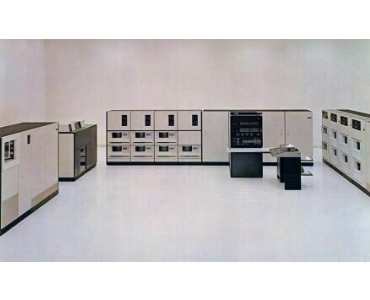Greg Brady, Architect
Posted on 2017-12-19 in story
This week, I found myself at another consultant’s office for a project kickoff meeting. As we were waiting for others to arrive, I noticed that the reception desk contained a rolled up set of paper plans on top of a transmittal letter. I was struck by this, as it reminded me of how little our industry has changed in the last half century.

Early career aspirations
From my earliest memories as a young elementary school lad, I had always wanted to be an architect when I grew up. In some ways, this may have been influenced, or at least reinforced by the character of Mike Brady. In middle school, after learning more about the distinction between architecture and engineering, it quickly became apparent that my calling actually lay in the latter. But, that is a story for another time…
One specific episode that I remember involves Greg Brady getting a part time job helping his father in the office. The plot thickens when he is entrusted with delivering a set of blueprints to an important client. Seeing the plans on that desk reminded me that although we have traded drafting boards for CAD workstations, the primary medium for information exchange in our industry is still paper. I was curious to do some research and see how long it had actually been since that episode first aired.
Historic context
Although my memories of this episode date from the late ‘80s, it originally aired nearly 20 years earlier, on October 30, 1970. That means that we are a few short years from this cultural reference dating from a half century ago.
So, approximately 50 years of progress in AEC took us from board drafting and delivering a roll of paper plans to… computer-aided-drafting and delivering a roll of paper plans. Let’s take a look at how things have changed in computing over the same time frame:
IBM System/370 Model 145
About a month before this episode aired, IBM announced its latest iteration on the System/370 line of mainframe computers.

This model was notable as the first machine released by IBM to use ‘monolithic’ silicon memory chips, as opposed to the metallic rope core memory of its predecessors. A basic configuration of this machine would include 400 kb of RAM and 233 Mb of hard drive storage. This breathtaking amount of computing power could be rented monthly for upwards of $15k or purchased outright for a sum of $705k or more (1970 dollars). Needless to say, we’ve come a long way since then.
Conclusion
Perhaps it’s unfair to compare the civil engineering industry to the tech sector. After all, we have been crafting with concrete for millenia, while silicon transistors have appeared just in the last century. Just as concrete strength gains level off after a relatively short period, so too would we expect technology to stabilize as it matures over the coming decades. Still, I can’t help but be frustrated by the pace of progress in technology versus the general stagnation of the AEC industry over a similar time period.